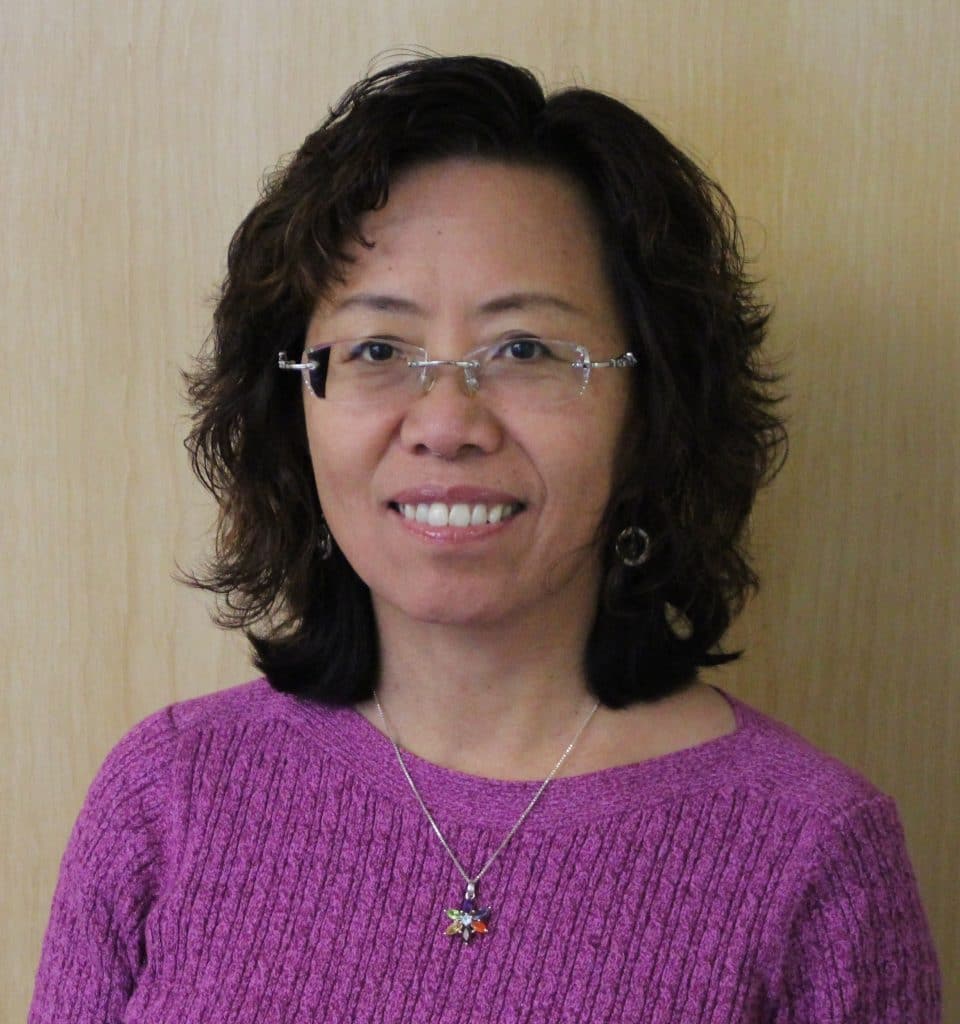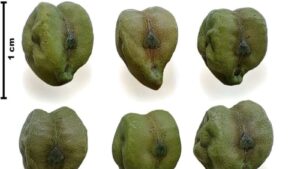
A new group aims to strengthen seed morphology.
For years, there has been a shrinking level of expertise in the area of seed morphology. Thankfully, a group of global seed industry stakeholders are coming to the rescue by forming the International Seed Morphology Association (ISMA).
The initiative is being spearheaded in Canada by Canadian Food Inspection Agency (CFIA) research scientist Ruojing Wang (serving as ISMA secretary on the eight-member board). The board also includes Canadian members Janine Maruschak of the CFIA and Agriculture and Agri-Food Canada’s Axel Diederichsen as vice-chair.
Wang is the head of the CFIA National Seed Herbarium in Saskatoon, Sask.
“Plant and seed morphology are mainly used in identifying over 200,000 flowering plants and their seeds around the world. Right now, up-to-date seed morphology knowledge and identification expertise are not readily accessible and scattered among individual taxonomists, specialists, analysts and seed testing laboratories,” she says.
“Because of the diversity of plants, regional distribution, and globalized trade, there is no single country that can develop a reference database for seed identification to meet the testing needs. By forming ISMA, we hope to change that.”
By “we”, she means a contingent of seed specialists from around the world including Canada, the United States and Europe, all working to advance the field of seed morphology, or seed identification.
Seed identification is an area of expertise that determines the plant taxonomic identity of a seed sample such as family, genus and species. Seed identification is a highly specialized area of plant taxonomy. Seed identification uses identification techniques similar to those that entomologists use on insects.
Seed identification provides important and critical information in seed certification and grading, and is a routine test for the enforcement of seed regulations, plant protection regulations, phytosanitary regulations and commodity labelling.
ISMA’s goal is to promote research, resource development, knowledge sharing and collaboration among those who are interested in seed morphology and seed identification.
The organization will be a scientific source of seed morphology knowledge and expertise, publishing interactive digital identification tools and establishing a seed identification database for weeds, economically important plant species and wild plant species, including the Seed Identification Guide (SIG), a peer-reviewed web-based seed identification tool which is intended to become the seed morphologist’s online Bible.
[tweetshare tweet=”Right now, up-to-date seed morphology knowledge and identification expertise are not readily accessible and scattered among individual taxonomists, specialists, analysts and seed testing laboratories.” username=”germinationmag”]
ISMA also plans to produce a range of other tools (including fact sheets and facilitating peer support) to help anyone concerned with seed morphology. This will help to improve their knowledge of a crucial field, which Diederichsen notes has declined in recently years due to the rise of genomics and other new technologies that he says often take attention away from the importance of morphology in identifying seed.

Diederichsen serves as curator for the Canadian national genebank for seed germplasm in Saskatoon.
“There’s a lot you can see with the human eye alone, which is basically what seed morphology is. People can make decisions based on what they perceive using their raw senses, but these people are getting rarer all the time,” he says. “We got so smart as humans that we tend to rely on sophisticated tools, but there are a lot of important seed qualities that can be assessed using the human eye alone. We need to continue training for these observation skills, which are readily available without needing a lot of technology.”
According to Morgan Webb, president of the Commercial Seed Analysts Association of Canada, (CSAAC), the formation of ISMA will be hugely exciting for seed analysts not only in Canada, but around the globe.
“To have a resource with thousands of species of seed listed instead of the much smaller number of identifying records that seed labs typically have on hand is a big deal,” Webb says.
“It also helps in cases where professionals change jobs and end up in a specific botanical discipline like seed — with vast amounts of information on seed morphology available, they can get up to speed a lot more quickly.”
ISMA’s website is located at idseed.org.











